Complete Guide To Alternative Housing & What Are The Different Types
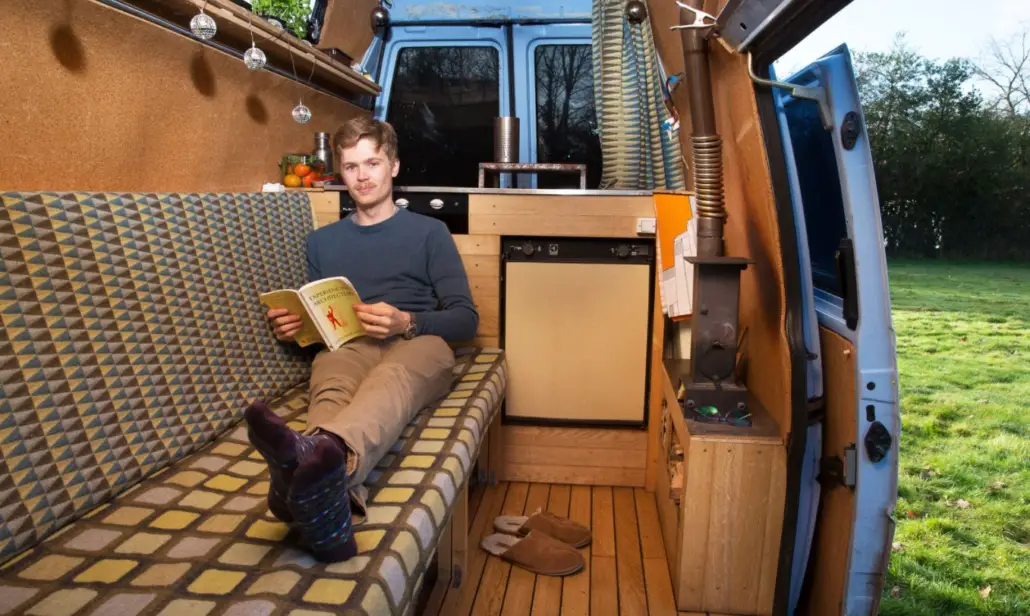
Have you ever heard the saying “there’s more than one way to skin a cat?” For those of you who haven’t, all it means is that there is always more than one way to accomplish your goals.
This has become the mantra for millennials, Gen Z’ers and anyone who has been jaded by the housing market.
With home prices soaring and wages stagnating, many people are looking to alternative housing to put a roof over their heads.
Many of these people are also finding that they can live full and happy lives outside what most people would call “normal” housing situation.
In fact many of the people who have looked to alternative housing have found it a more congenial way of living than traditional housing.
Indeed, there is more than one way to surround yourself with 4 walls and in the following article we will be taking you through the many types of alternative housing available to you.
An Overview Of Alternative Housing

Believe it or not, alternative housing is an ancient concept. From the communal villages of the medieval period to the co-living spaces of today, the concept of alternative housing has been around seemingly since man first thought to take shelter from the elements.
In recent history, alternative housing can be traced back to the common boarding houses of the 19th Century. Boarding houses were large multi-room homes.
The owner would rent out the rooms to boarders for shot periods of time.
Boarding houses worked very well for people who were traveling the country and didn’t have any intention to settle in one place.
They would often accommodate traveling laborers who followed seasonal work across the country.
Boarding houses experienced something of a boon and were very common during the turn of the 19th century.
In fact, some historians believed that boarding houses played a crucial role in shaping and developing the country.
Flash forward to today and we see that the patrons of boarding houses back then closely resemble the month-to-month renters and couch surfers of today.
Clearly, alternative housing is nothing new but come people still don’t really know what it means today…
What Exactly Is Alternative Housing?
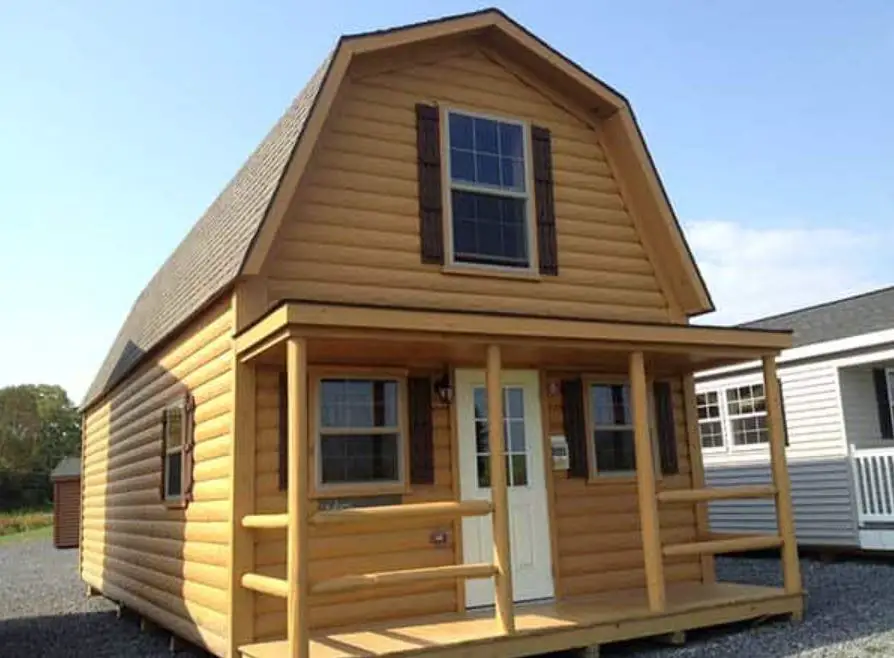
Simply put, alternative housing is any means of housing that deviates from the norm of buying a single-family home or apartment.
Tradition tells us that we graduate, find a job, buy a home and start a family.
Traditions were meant to be broken, however. Many young people are figuring that out. The statistics would suggest that a great many young adults are shying away from traditional housing.
According to REJournals, only 42% of millennials own homes by the age of 30.
So what are the other 58% doing? Many of them are looking to alternative housing.
Different Types Of Alternative Living:
There are many different types of alternative housing including but not limited to:
-
RV’s
-
Log Cabins
-
Shipping Container Homes
-
Barge Boats
-
Tiny Homes
-
Earthships
-
Month to Month Renting
-
Couch Surfing
-
Modular Homes
Some find these alternatives favorable because they tend to be more affordable.
Others like the freedom of essentially being able to move whenever they feel like it.
Still, others want to be independent and live off the grid.
Alternative housing affords these opportunities.
Take a look at some of the types of alternative housing options that are gaining in popularity around the world.
RV Living
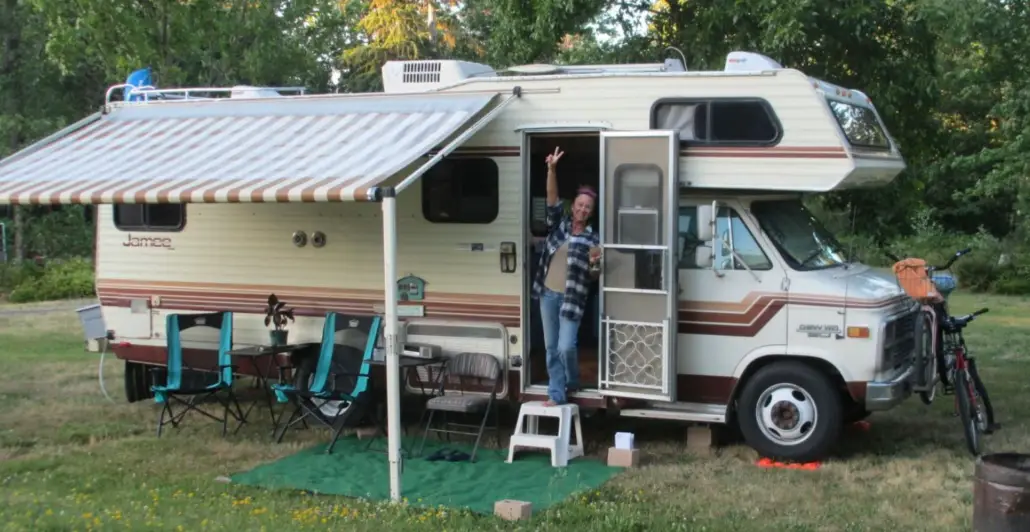
Selling Points:
- Traditional home comforts
- Less maintenance
- Freedom to travel on a whim
Key Features:
RV living has emerged as a popular alternative for young people who have an urge to travel the continental U.S. Ironically, it is also a favorite lifestyle choice among retirees.
Whatever the demographic, one of the biggest draws of this way of life is that you can drive anywhere, anytime.
A traditional RV (recreational vehicle) is essentially a large truck. The trailer is essentially a small house. So you can think of an RV as a house on wheels.
There are many different types of RV’s but most will have a kitchenette, bathroom, small bedroom and small living area.
On average, a moderately appointed RV will cost around $40,000. You can also get a palatial RV that costs around $300,000.
Like normal homes, RV’s run the price gamut depending on the features you want.
If you want to go even cheaper though, you can get a camper. A camper is essentially an RV without the motor part.
It will have a living space but will need to be hauled around by a truck if you want it to be mobile.
Like alternative housing itself, RV’s are nothing new but they are experiencing a surge in popularity these days as young adults are searching for other means of shelter and living.
Just be aware that you will have to depend on public areas like campgrounds and rest stops for plumbing and electrical hookups.
Pros:
- The freedom to drive your home wherever you want it to be
- Great for camping enthusiasts
- Low cost of living
- Great for anyone who loves to travel
Cons:
- Limited living space
- You will be dependent on public places for plumbing utilities
- Gas can get pretty expensive
Log Cabins
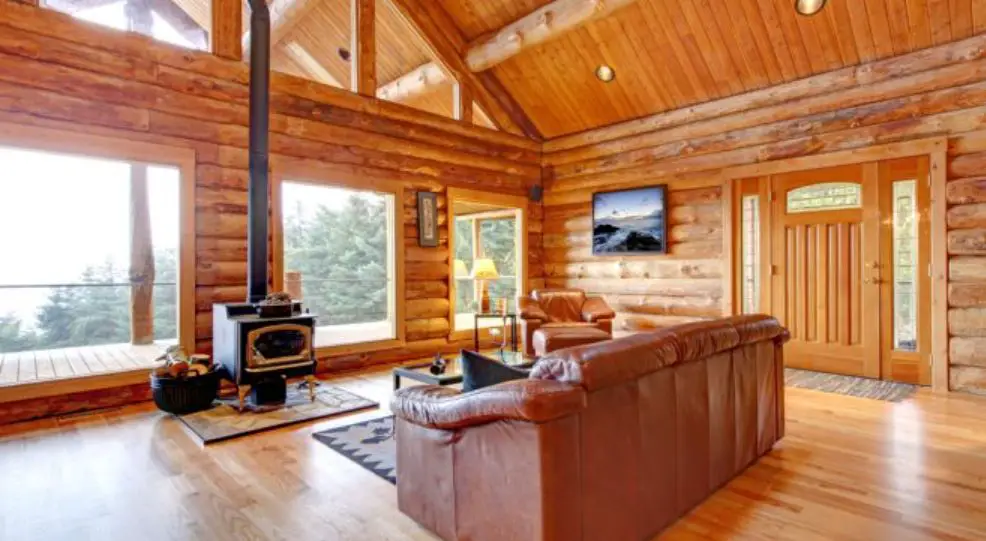
Selling Points:
- Close to nature
- Secluded
- Affordable
Key Features:
Log cabins are often regarded more prominently as vacation home options.
However, more and more people are buying them as a means of permanent residence. Log cabins are often built out in the woods or in the mountains.
While they are not always built out of logs, they do typically sport a simple design which is part of what makes them so affordable. Log cabins are usually 4-wall structures with just a few rooms. They may have fire stoves instead of gas appliances but they can be outfitted with propane hookups as well.
Some log cabins will not have electrical hookups which means you would have to rely on a generator of some kind. Still, log cabins vary greatly in amenities. Some do have all the modern utility hookups of regular houses.
Pros:
- Great for nature-lovers
- Great for anyone looking to live rustic
- Great for peaceful living
Cons:
- You may be far from a town or city
- Requires some self-sufficiency
Shipping Containers

Selling Points:
- Eco-friendly
- Modal
- Versatile
Key Features:
Shipping container homes are made out of new or used cargo containers. They come in 20’ x 8’ or 40’ x 8’ sizes.
They can be combined to create a larger living area or you can use a single one to carve out a cozy single-person living area.
They are typically made from Corten steel which affords them a high-degree of rust and weatherproofing. Still you can outfit them with siding and roofing to shore up their defenses against the elements.
Shipping container homes have evolved since the mid 2000’s and now many companies specialize in prefab shipping container homes that are significantly less than stick built homes with comparable square footage.
Like log cabins, getting shipping container homes hooked up to utilities can be an expensive chore. However, they can be transported easily and are incredibly versatile. You can even have one with a basement and garage.
Pros:
- Give use to discarded shipping containers
- Many design options
- Easier to find land for them as opposed to traditional houses
- The can be customized to a high degree
Cons:
- They need to be professionally cleaned if used
- New containers are more expensive
Barge Boats

Selling Points:
- Seafaring
- Easy navigation
- Travel conducive
Key Features:
When people think of living on a boat they often conjure up the image of a houseboat.
There is one distinct difference between a barge boat and a houseboat though: with a barge boat you can actually sail around.
A houseboat is stationary and needs a dock while a barge boat can be docked but it can also sail around as needed. Other than that, the similarities between the 2 abound. Barge boats are often outfitted with all the amenities of normal homes like bedrooms, a kitchen area and bathrooms.
Unlike larger types of boats, barge boats were made to be easy to captain. They are small and can be more easily navigated than large boats. There are also a variety of barge boats so they vary in price; much like RV’s.
Pros:
- The ability to sail any time
- More affordable than traditional housing
- Less maintenance
- Great for anyone who loves the ocean
Cons:
- Sailing range is limited
- You will be dependent on docks and harbors
Tiny Homes
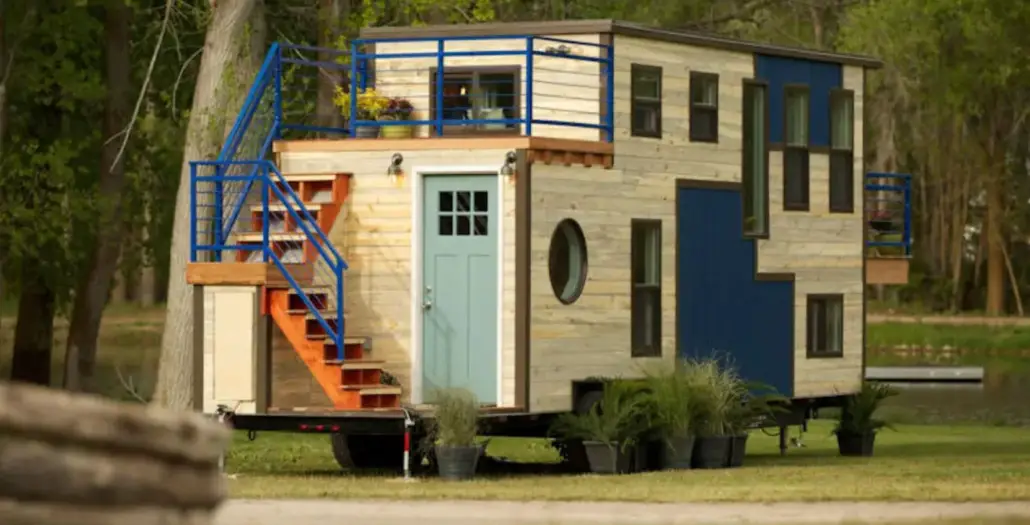
Selling Points:
- Mobile
- Eco-friendly
- Affordable
Key Features:
If you aren’t big on consumerism (having more than you really need) then a tiny house may be for you.
A tiny house is exactly what it sounds like: a regular house but on a miniature scale. Hey are typically 400 square feet or smaller but feature the same amenities as normal homes – just on a smaller scale.
Tiny homes appeal to people who want to live a simpler life because as you can imagine, there is no room for superfluous stuff – just the essentials. They can even be built with wheels so they can be hitched and moved virtually anywhere.
Because of this neat optional feature, they also appeal to people who don’t necessarily want to be tied down to a single locale for most of their lives.
Pros:
- Easy to find land for tiny homes
- Great for minimalists
- Some people can build them themselves
Cons:
- Limited to no room for guests
- Not great if you don’t like to spend most of your time outside
Earthships
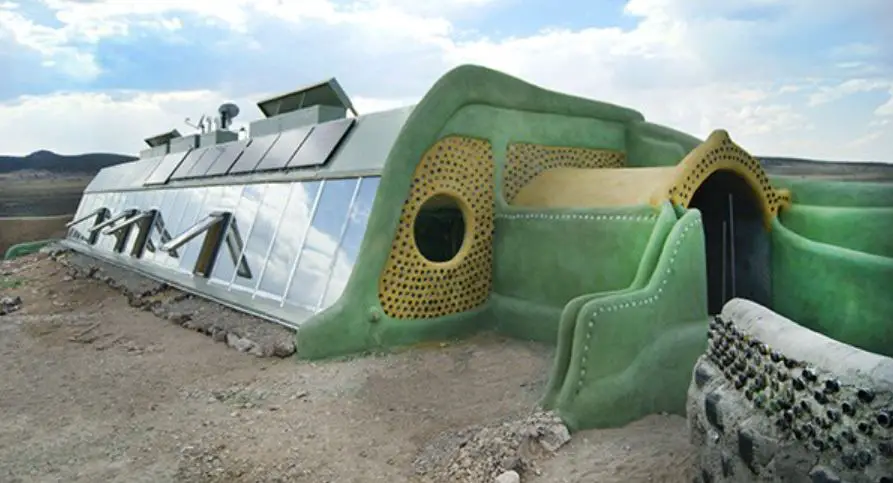
Selling Points:
- Good for the environment
- Unique
- Off the grid living
Key Features:
The name “Earthship” actually refers to a trademarked structure from the company Earthship Biotecture.
Earthship Biotecture patented a type of housing that was made of recycled materials and built into the earth itself.
Earthship homes use the land to generate energy and solar power for utilities. They are a great alternative for anyone who doesn’t want to be beholden to utility companies. They are also great for the environment.
Earthship homes are also designed with greenhouses to help eliminate dependence on grocery suppliers. Another feature of Earthships is that they typically have one entire wall of windows to let the sun in, help plants grow and create solar energy.
While many people have taken the Earthship concept into their own hands and built their own copycat structures, Earthship Biotecture manufacturer “prefab” Earthships for anyone willing to pay. They can cost as little as $100,000 or as much as $1.5 million.
Pros:
- Self-sufficiency
- Unique design
- Great lighting
Cons:
- Mold issues
- Only feasible in certain climates
Modular Homes
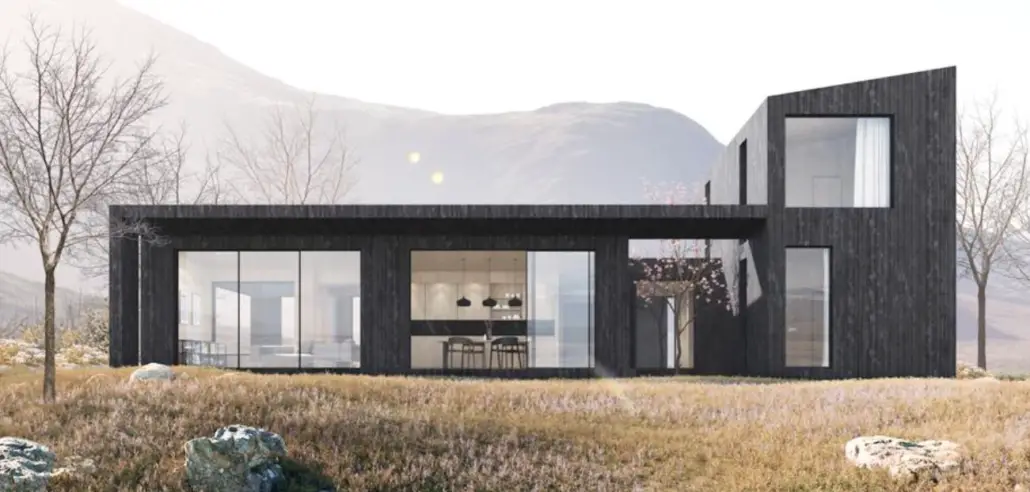
Selling Points:
- Affordable
- Reminiscent of traditional homes
- Affixed
Key Features:
Modular homes are very much like normal homes.
They are set on a foundation, cannot be moved once built and they offer all the same amenities. In fact, the only fundamental difference is that they are not built onsite.
Most modular homes are built in a factory on a kind of assembly line. They are also called prefab homes because of this manufacturing process.
Once all the parts of the home are built, the modules are shipped to the site for final assembly into the finished product.
Modular homes can be built for anywhere from $30 to $100 per square foot.
They can be built with all the same amenities and features of a stick built home but because of the streamlined manufacturing process, are typically much more affordable.
Pros:
- Safe
- Fast construction
- Many options available
Cons:
- Harder to resell than traditional homes
- They aren’t mobile
Air BnB Month to Month
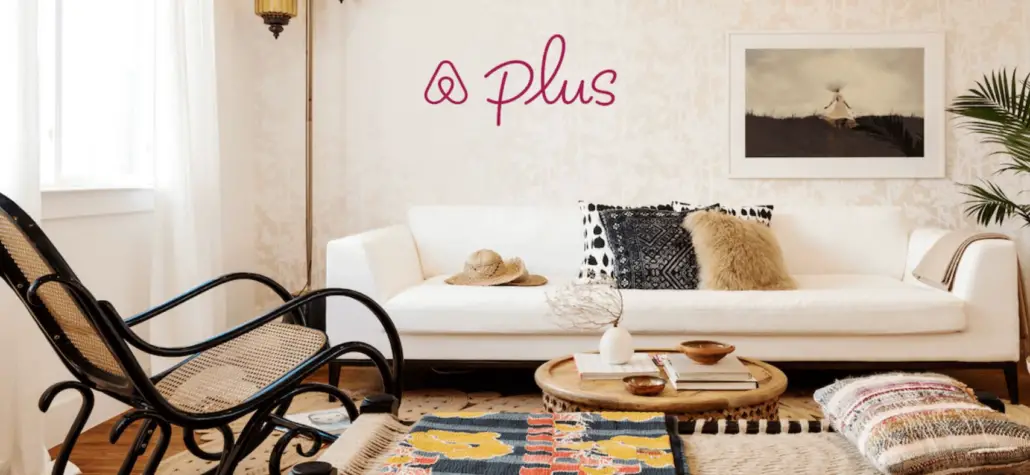
Selling Points:
- Not tied down to any one place
- Many options available
- Adventurous lifestyle
Key Features:
Air BnB is a booking service wherein homeowners can rent their homes out as short-term vacation rentals.
The great thing about Air BnB’s is that they are available all over the country. No matter what small or large city you want to travel to, you are likely to find someone renting out their home on Air BnB.
This is a great option if you prefer to live month-to-month. It’s also a great option for travel enthusiasts. It has become a more viable option for alternative housing because there are terms for rentals lasting more than 28 days.
Pros:
- Get to stay in different types of homes
- Unique property options
- Available all over the country
- Great for extended holidays too
Cons:
- Big city Air BnB’s are expensive
- Different rules for each one
- No fixed abode
Couch Surfing
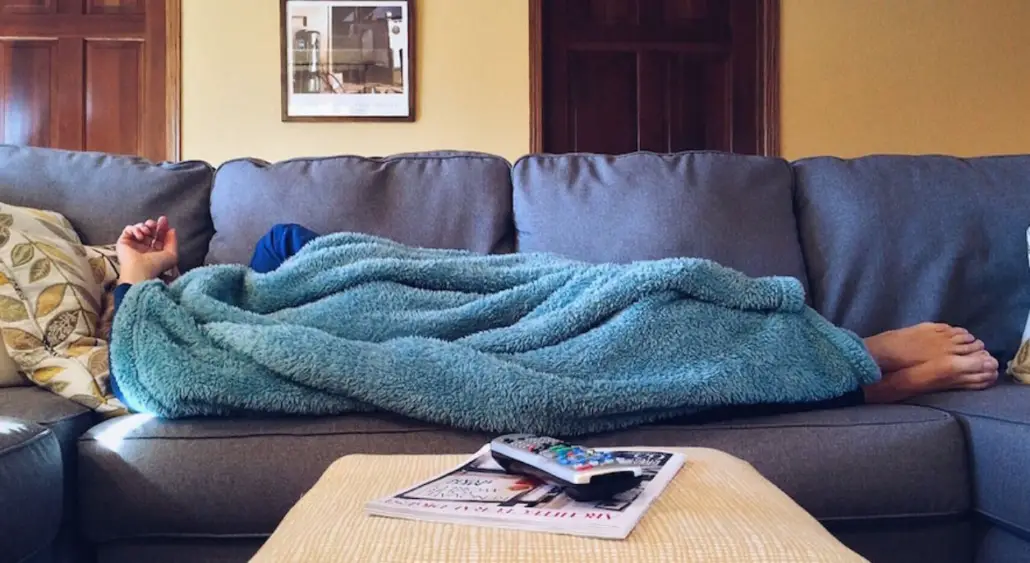
Selling Points:
- Ability to travel
- No mortgage
- Many options
Key Features:
Couch surfing works in much the same way as Air BnB. There is actually an online service that you can use to book small rooms or sleeping areas in people’s homes for short periods of time as you travel.
But couch surfing is not a new concept.
Many people choose couch surfing as an alternative housing choice because it allows them the freedom to move around as they please.
You can simply ask a friend or family member if you can crash on their couch or in a spare bedroom if you happen to be in town.
Couch surfing is and always has been a rather inelegant solution to anyone who is averse to renting or buying a home.
Couch surfing can be taxing on the mind and body because you will be at the mercy of anyone you are staying with. For the right person though it provides physical and financial freedom.
Pros:
- Stays can be free
- No mortgage
- Available almost anywhere
Cons:
- No storage
- Little privacy
Alternative Living Vs. Regular Living
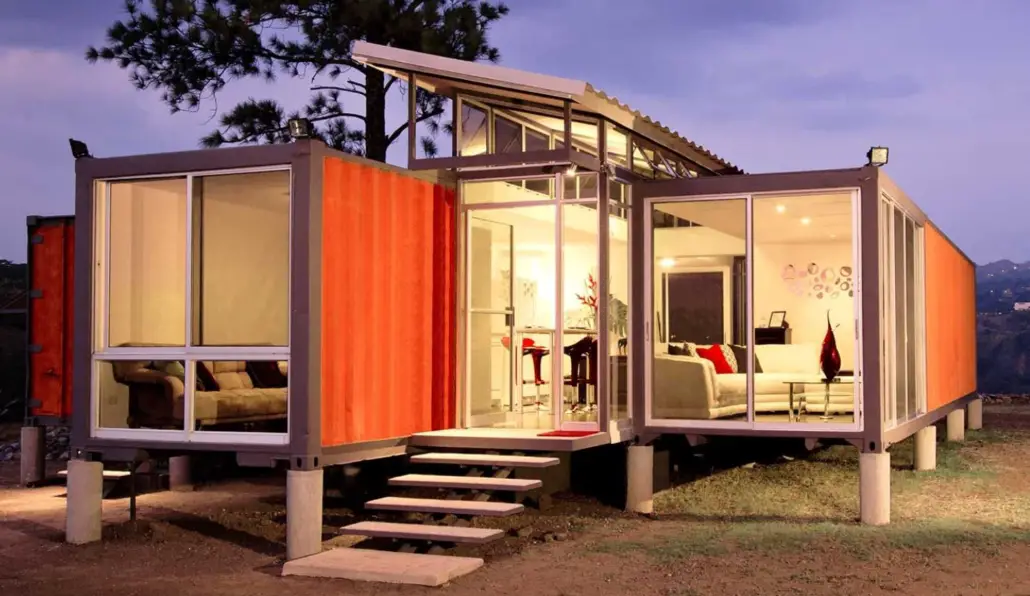
Alternative Living Pros:
- It can be more affordable
- More mobility
- Earth-friendly options
- More freedom
- Possibly no mortgage
- Great for unique characters
Alternative Living Cons:
- You may not own your own land
- It can become taxing as you get older
- Potentially hazardous housing materials
- Less security
Regular Living Pros & Cons
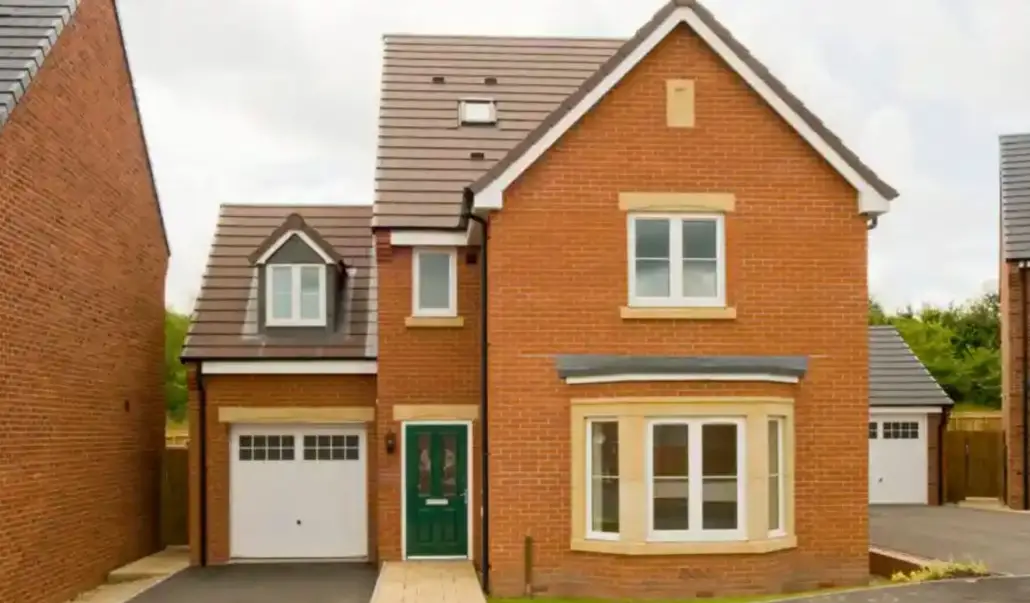
Pros:
- You can own your own land
- Potentially spacious living
- Room for guests
- Stability
- Safety
- Many options
Cons:
- Beholden to banks
- More expensive
- More or less tied down
- Less mobility
Is Alternative Living Cheaper?
In most cases, yes. You can live very frugally with some of the alternative lifestyles mentioned above.
However, alternative housing costs can be comparable to traditional housing costs when you want all the bells and whistles.
Why is Alternative Housing Popular?
Alternative housing has always been a popular choice for people who like to live independently.
In recent years, it has become a more common choice because of the soaring costs of traditional homes.
When Did Alternative Housing Start?

Forms of alternative housing have existed since ancient times.
Communal living and boarding homes can be traced back to the early 19th century.
The latest boom in alternative living can be probably traced back to the introduction of the internet and the 2008 market crash.
How Can I Get Super Cheap Housing?
Affordable housing is available in many forms.
From mobile and modular homes to tiny homes and RV’s. It all depends on your lifestyle preferences.
Closing Thoughts
The great thing about alternative housing is that it provides more options for people who aren’t satisfied with the status quo. It proves that there is indeed more than one way to skin a cat.
Today we have the luxury of being able to choose from a number of alternative housing options. As another old saying goes, ‘life is what you make of it.” So blaze your own path with the many alternative housing choices.


